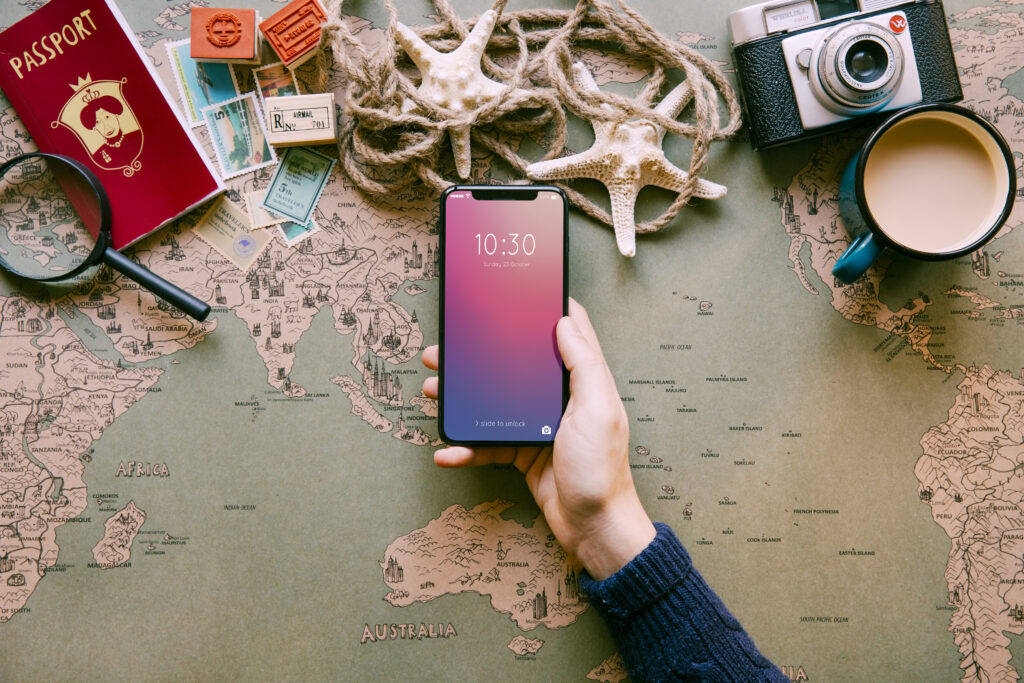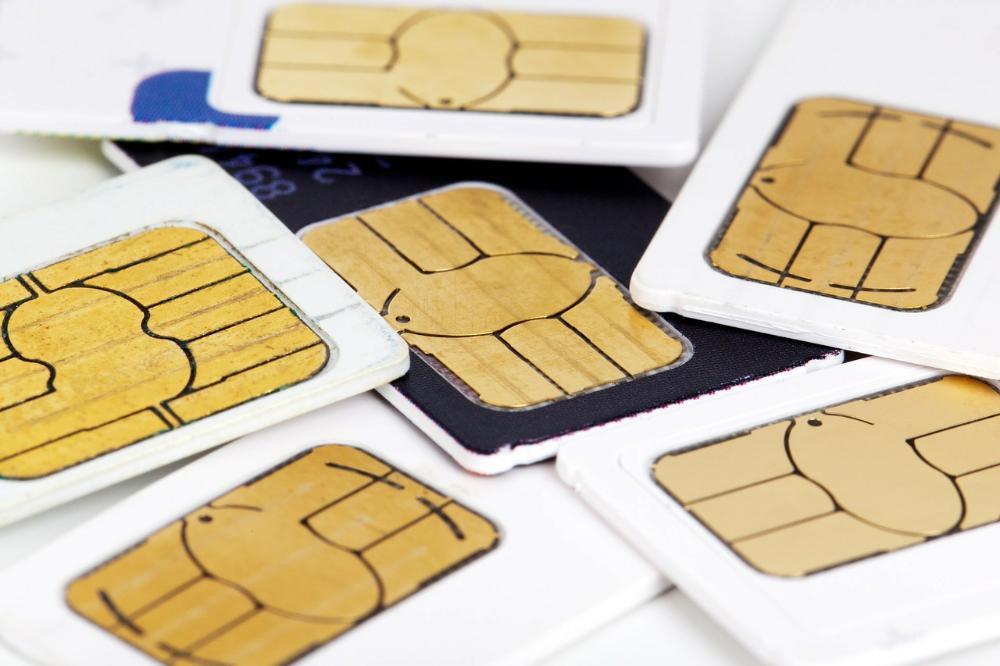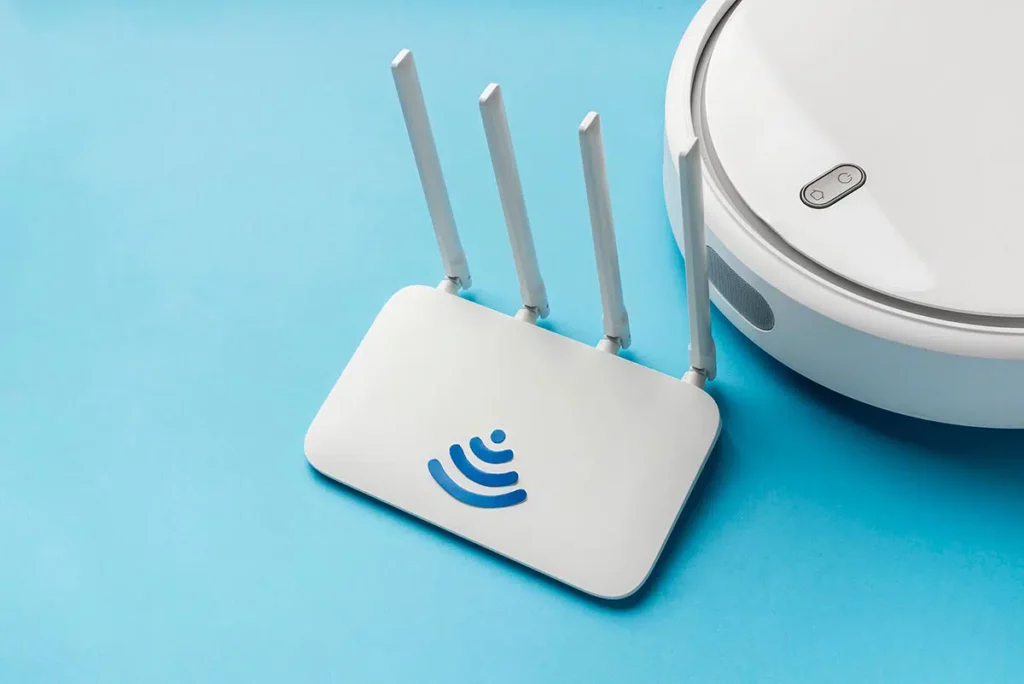
Traveling abroad can be an exhilarating experience, but it often comes with the challenge of staying connected. If you’ve ever found yourself without cell service or stuck with exorbitant roaming charges, you’re not alone. Here are some tips and options to ensure your phone keeps working smoothly while you explore the world.
1. Understand Roaming and International Plans
Before you embark on your journey, it’s crucial to understand the roaming policies of your current cell phone provider. Most carriers offer international plans that allow you to use your phone abroad without incurring excessive charges. Here’s what to consider:
- International Day Passes: Many providers offer daily plans where you pay a fixed fee to use your phone as you would at home. This is convenient for short trips.
- Monthly International Plans: If you’re planning an extended stay, a monthly international plan might be more economical. These plans typically include a set amount of data, calls, and texts.
2. Buy a Local SIM Card

One of the most cost-effective ways to stay connected abroad is by purchasing a local SIM card. Here’s how:
- Unlocked Phone: Ensure your phone is unlocked and compatible with the local network. Contact your provider before you travel to unlock your phone if necessary.
- Research Local Carriers: Look up the local mobile carriers in your destination country. You can usually buy a SIM card at the airport, convenience stores, or carrier-specific shops.
- Prepaid Plans: Opt for a prepaid plan that suits your needs. These often include data, calls, and texts, and can be topped up as needed.
3. Use an International SIM Card

For frequent travelers, an international SIM card can be a lifesaver. These cards work in multiple countries, providing a seamless experience as you travel. Popular options include:
- OneSimCard
- TravelSIM
- WorldSIM
These cards typically offer competitive rates and the convenience of not having to switch SIM cards in every country.
4. Leverage Wi-Fi and VoIP Services
If your usage is primarily data-based, leveraging Wi-Fi and VoIP (Voice over Internet Protocol) services can significantly cut down costs.
- Wi-Fi Hotspots: Use Wi-Fi whenever available. Many cafes, hotels, and public places offer free Wi-Fi.
- VoIP Services: Apps like WhatsApp, Skype, and Viber allow you to make calls and send messages over the internet. Ensure your contacts also have these apps installed.
5. Rent a Portable Wi-Fi Device

Portable Wi-Fi devices, often called “pocket Wi-Fi,” provide a personal hotspot for your devices. These can be rented for the duration of your trip and offer unlimited data plans in many cases.
- Convenience: Connect multiple devices at once.
- Coverage: Check the coverage area of the provider to ensure it works in your destination country.
6. Enable Offline Features

To minimize the need for constant connectivity, make use of offline features and tools:
- Offline Maps: Download maps on Google Maps or other navigation apps to use without data.
- Offline Translators: Language apps like Google Translate offer offline language packs.
- Offline Entertainment: Download music, books, and movies beforehand to enjoy during travel without needing an internet connection.
Final Thoughts
Staying connected while traveling abroad doesn’t have to be complicated or expensive. By understanding your options and planning ahead, you can ensure you remain in touch with loved ones, access important information, and share your travel experiences without a hitch. Safe travels and happy exploring!




